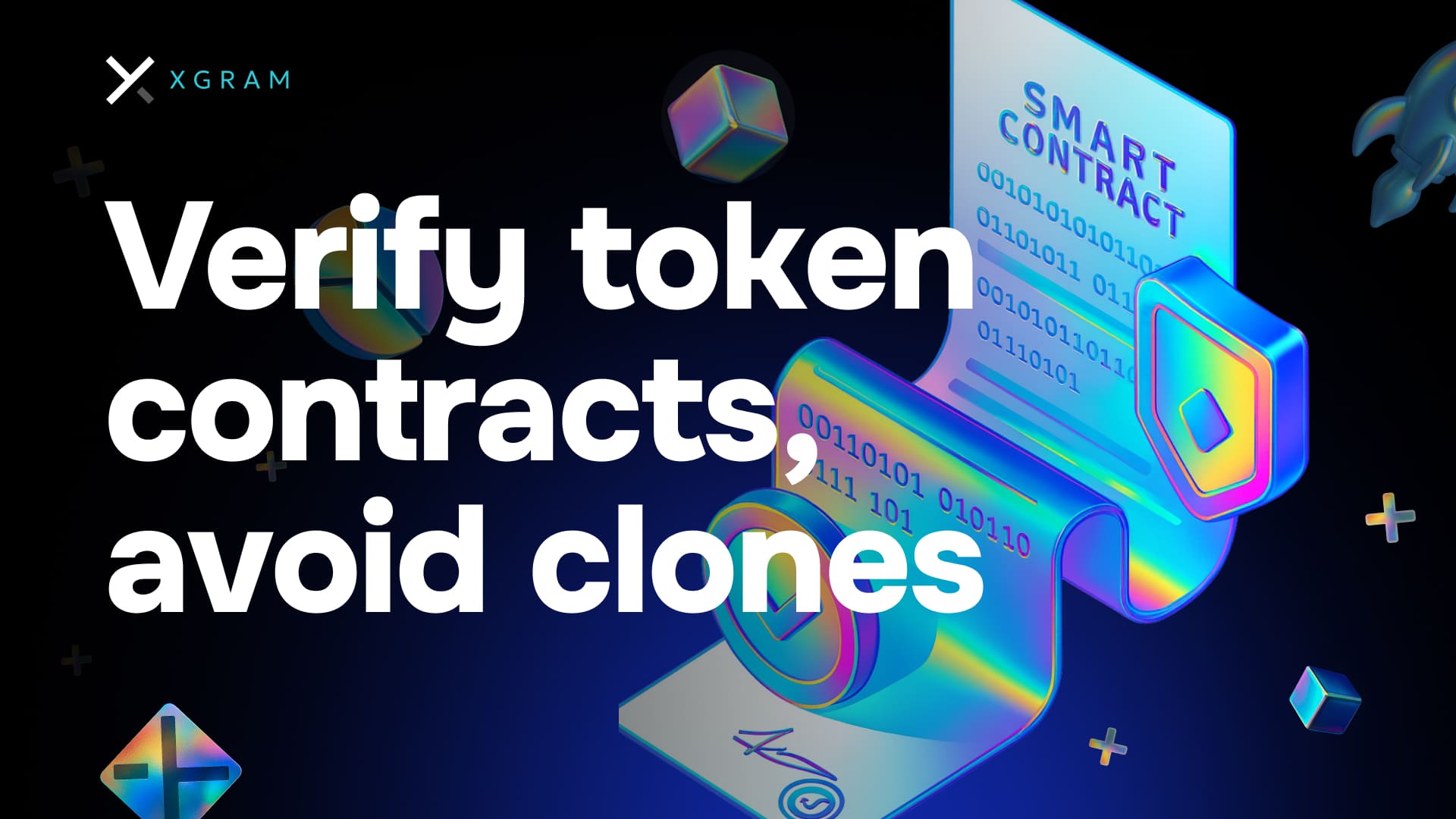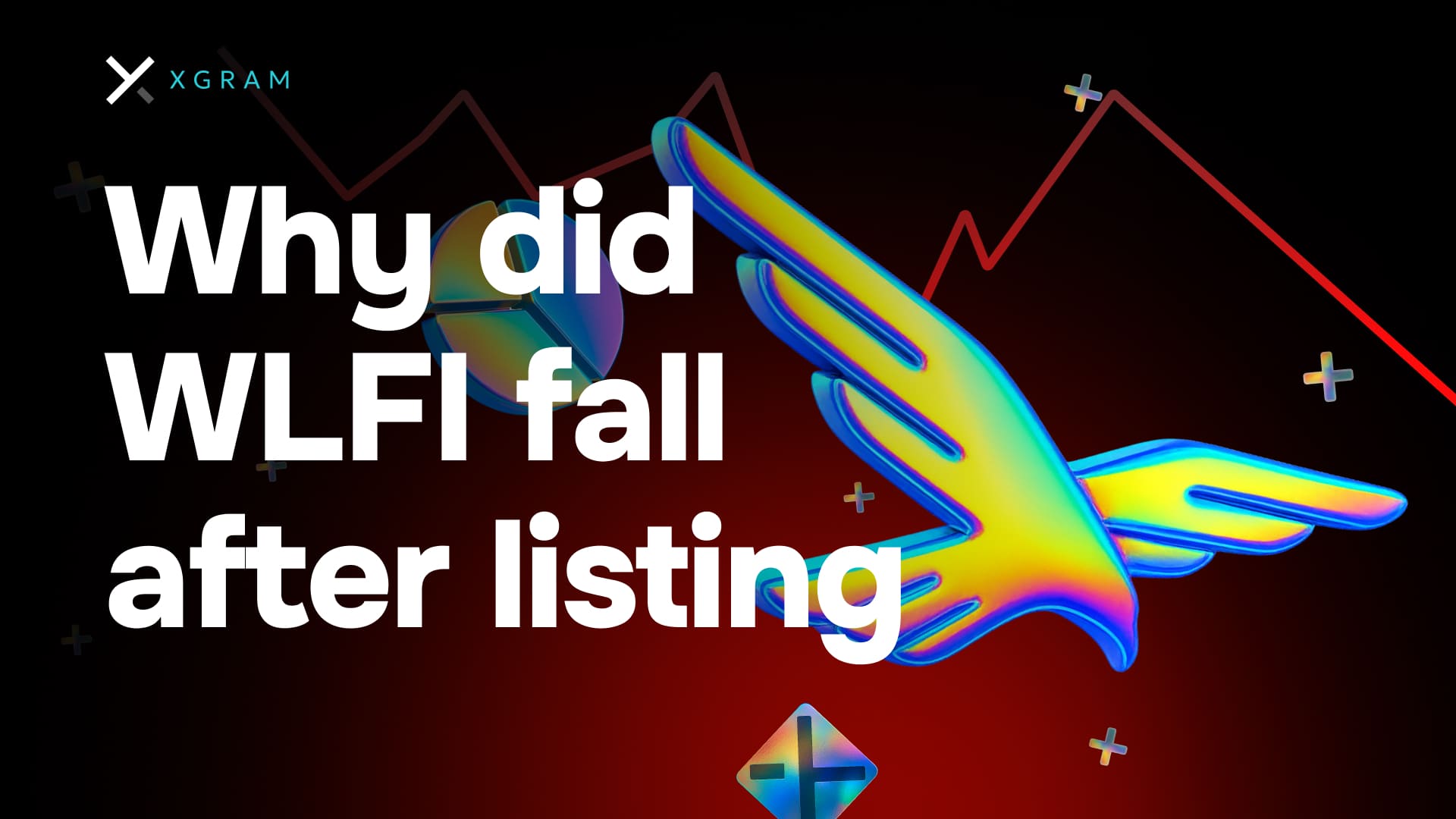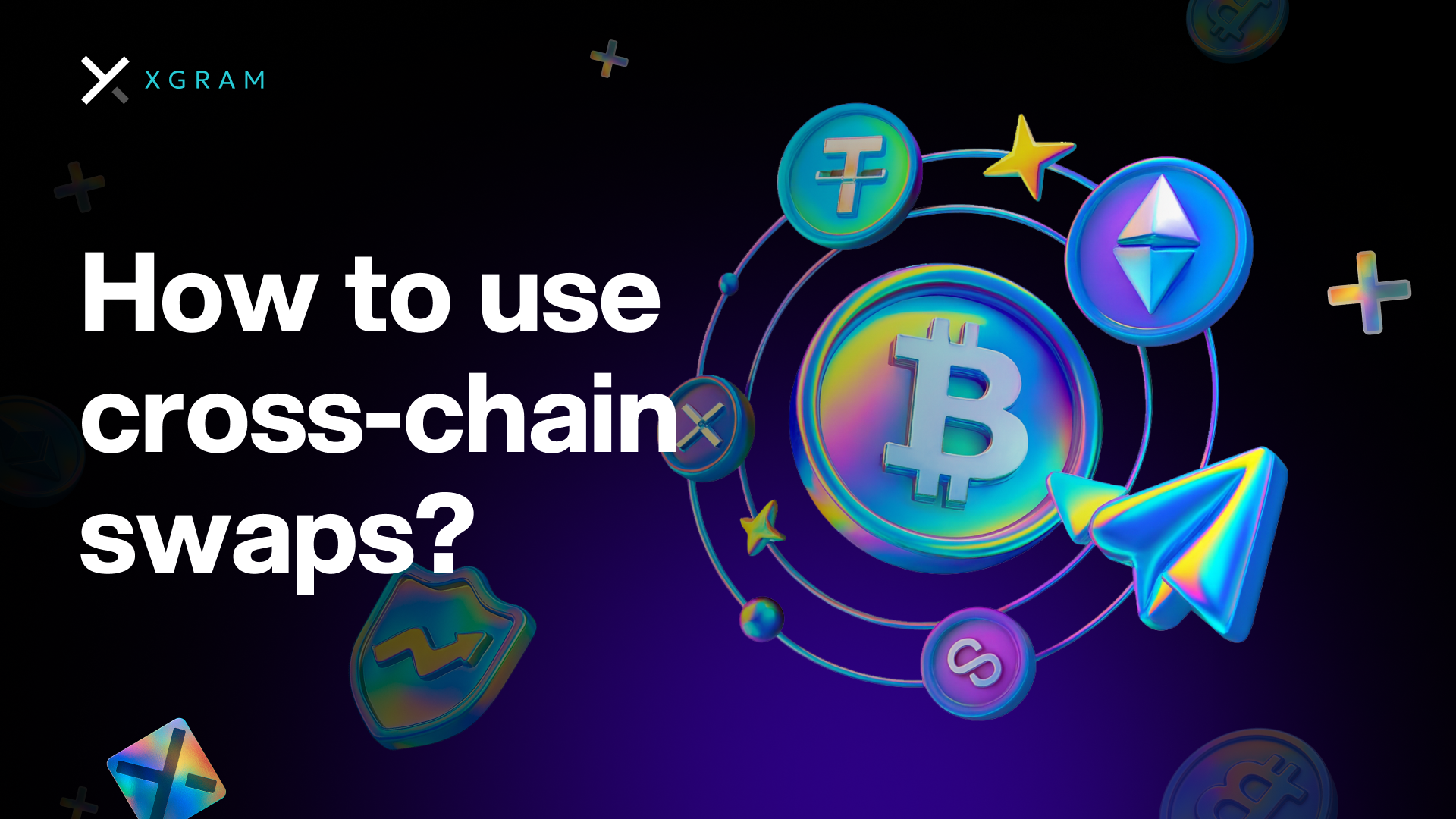WLFI token listing saw a volatile start and a sharp pullback
WLFI debuted on major exchanges and immediately traded in wide ranges. Early prints pushed toward 0.30 dollars, then price cooled into the 0.21–0.25 band as liquidity filled in. The community is already floating buyback and burn ideas to ease circulating supply pressure. The move was driven by the removal of transfer limits, profit taking by early holders and higher leverage in derivatives. For now, the smart watchlist is unlock schedules, governance proposals and actual execution on any supply changes.
Coinbase ramps up AI code generation toward a 50 percent target
Coinbase says more than 40 percent of its code is now produced with AI assistance and aims to reach 50 percent by October. Brian Armstrong stresses productivity gains rather than replacing engineers, with humans still owning reviews and critical paths. The company continues to hire, especially in backend and AI, even as broader crypto hiring remains soft. Expect process changes around documentation, testing and security as AI becomes embedded in daily engineering work.
StarkNet experienced an extended block production halt and then recovered
The network stopped producing new blocks for more than five hours, which delayed wallet activity and dApp operations. Some services showed pending or inconsistent transaction states during the pause. After recovery, users were advised to recheck suspended actions and resubmit if necessary. The incident highlights the need for stronger failover testing, clearer status pages and transparent postmortems for L2 ecosystems.
Venus protocol suffered a 30 million dollar exploit
Attackers extracted funds and triggered emergency responses from the team and liquidation partners. Certain features were limited during the event to contain knock-on losses. Users should review open positions, revalidate collateral, and audit spending approvals in their wallets. The case is a reminder that complex interactions between oracles, collateral factors and liquidation bots can introduce hidden edge cases in DeFi.
Spot exchange volume hit 1.86 trillion dollars in August
This is the highest monthly spot turnover since January 2025 and signals resilient interest from both retail and institutions. ETF flows and periodic surges in major assets helped lift activity. Deeper books and tighter spreads improved price discovery across top pairs. If momentum holds, new volume highs are possible into the autumn.
Large buyers accelerated ETH accumulation
Bitmine added 153,075 ETH last week worth about 668 million dollars and now holds 1,866,974 ETH valued near 8.15 billion dollars. SharpLink purchased 39,008 ETH and increased its holdings to 837,230 ETH. Allocators often pair accumulation with validator yield, which offsets carry and anchors a long-horizon thesis. Near term, reduced float on spot markets can support price during risk-on windows.
Researchers showed how simple persuasion tactics can bypass AI guardrails
A team tested influence techniques drawn from psychology on an LLM and saw markedly higher rates of rule-breaking responses when invoking authority and social proof. Requests framed as coming from a regular user saw low compliance, while name-dropping a prominent scientist raised compliance sharply, even for offensive language. Similar effects were recorded for dangerous instructions and for step-up sequences that start mild and then escalate. For crypto companies deploying assistants in support or trading tools, this calls for stronger prompt-level defenses, layered policy checks and adversarial testing.
Takeaways
Markets stayed active with August spot volume at multi-month highs, while infrastructure and protocol risks were front-and-center. WLFI’s choppy debut, a 30 million dollar DeFi exploit and a multi-hour L2 outage kept risk teams busy. On the corporate side, Coinbase’s AI push points to a new normal for engineering productivity. Keep an eye on StarkNet’s postmortem, Venus remediation steps and WLFI governance outcomes in the days ahead.



